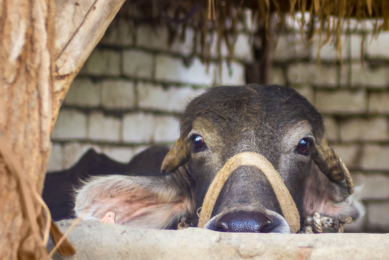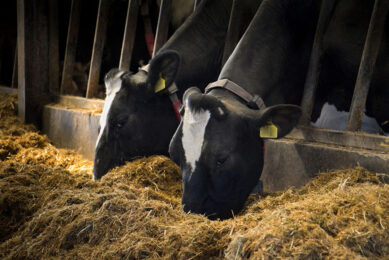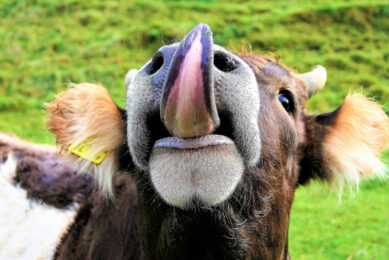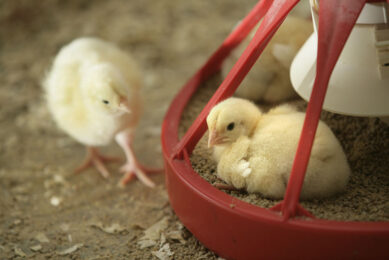New issue All About Feed now online
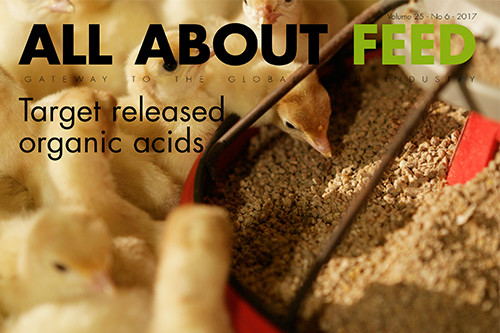
The July/August issue (number 6) of All About Feed is now available to read in our digital magazine section. In this edition we take a look at formulating diets with low excretion levels, ways to protect animal feed against the risks of bacterial contamination.
Emilie Joannopoulos from the University of Sherbrooke in Canada explains in her article that not only the nutritional value of feed is important, so is its environmental impact. This is frequently cited because of the pollution caused by the manure spreading. Quantities of phosphorus (P) and nitrogen (N) excreted using that traditional three-phase feeding system are 1.2 kg/pig and 3.4 kg/pig respectively. One of the studies, explained in this article, showed that feed costs increase when phosphorus and nitrogen excretions are reduced. However, excretions can be considerably reduced with a relatively small feed cost increase. Read more about this on page 20 of this issue.
Causes of feed contamination
Also in this issue of All About Feed we take a look at the causes of feed contamination. There are different causes, such as: Arrival of raw materials, storage conditions, cross-contamination, cleaning and recontamination of feed. The author explains that heat treatment is ineffective in dealing with microbial contamination and does not offer residual protection against possible recontamination after pelleting, which requires application of preservatives. Formaldehyde is the most highly recommended of all active substances used as preservatives in animal feed, for its high level of effectiveness. The application site, type of spraying, calibration and maintenance of the dosing equipment are all as important as the product used itself in guaranteeing the effectiveness of a treatment. Read the full article on page 12 of this issue.

Hydrothermal treatment and organic acids
Also in the field of decontamination, Verena Kiehne from the IFF Research Institute of Feed Technology in Germany wrote an article for this issue in which she explains how a combination of hydrothermal treatment and the use of organic acids can successfully decontaminate feed. Studies, done by IFF, show that a combined approach of hydrothermic/mechanical treatment and the simultaneous use of organic acid preparations during conditioning (depending on their dosage) brings various advantages compared to a solely hydrothermical-mechanical treatment. Depending on the dosage of the acid preparations, the liquid products show, as expected, a markedly better effect than the acid adsorbate on direct comparison, with which the same results are achieved in some cases only after a considerably extended exposure time. Read more about these trials on page 28 of this issue.

Also in this edition:
• Benzoic acid: Good for gut and performance
• Interview with Dr Sou Fei Chin from Zinpro
• Taking cow feeding to a next level
• Potential for Cambodia, Mongolia and Myanmar
• Butyrate and botanical: A good mix
To read all the articles in this issue, go to the magazine overview page and sign up with your current website login.




